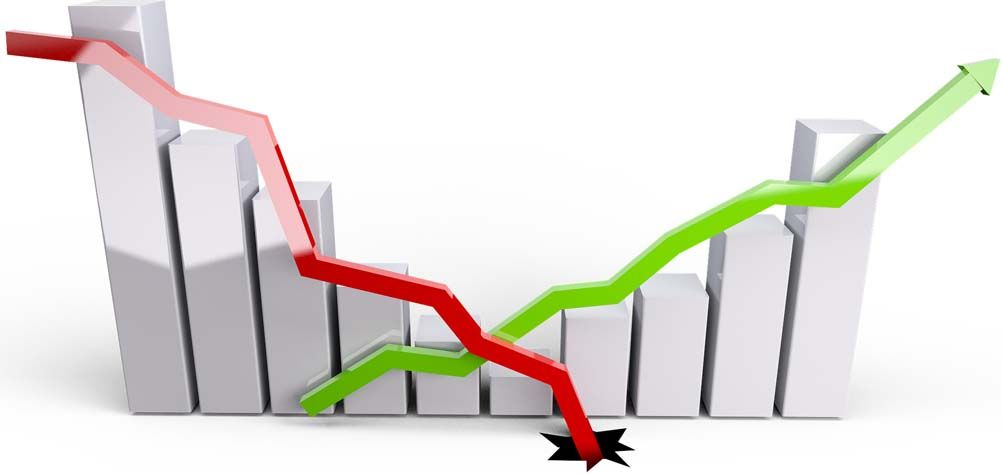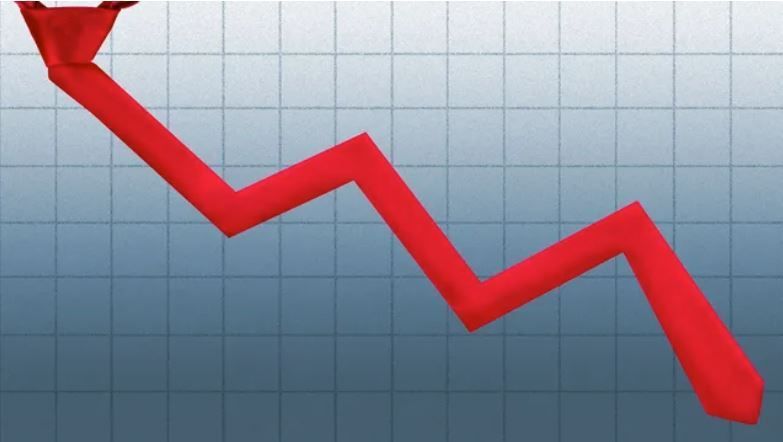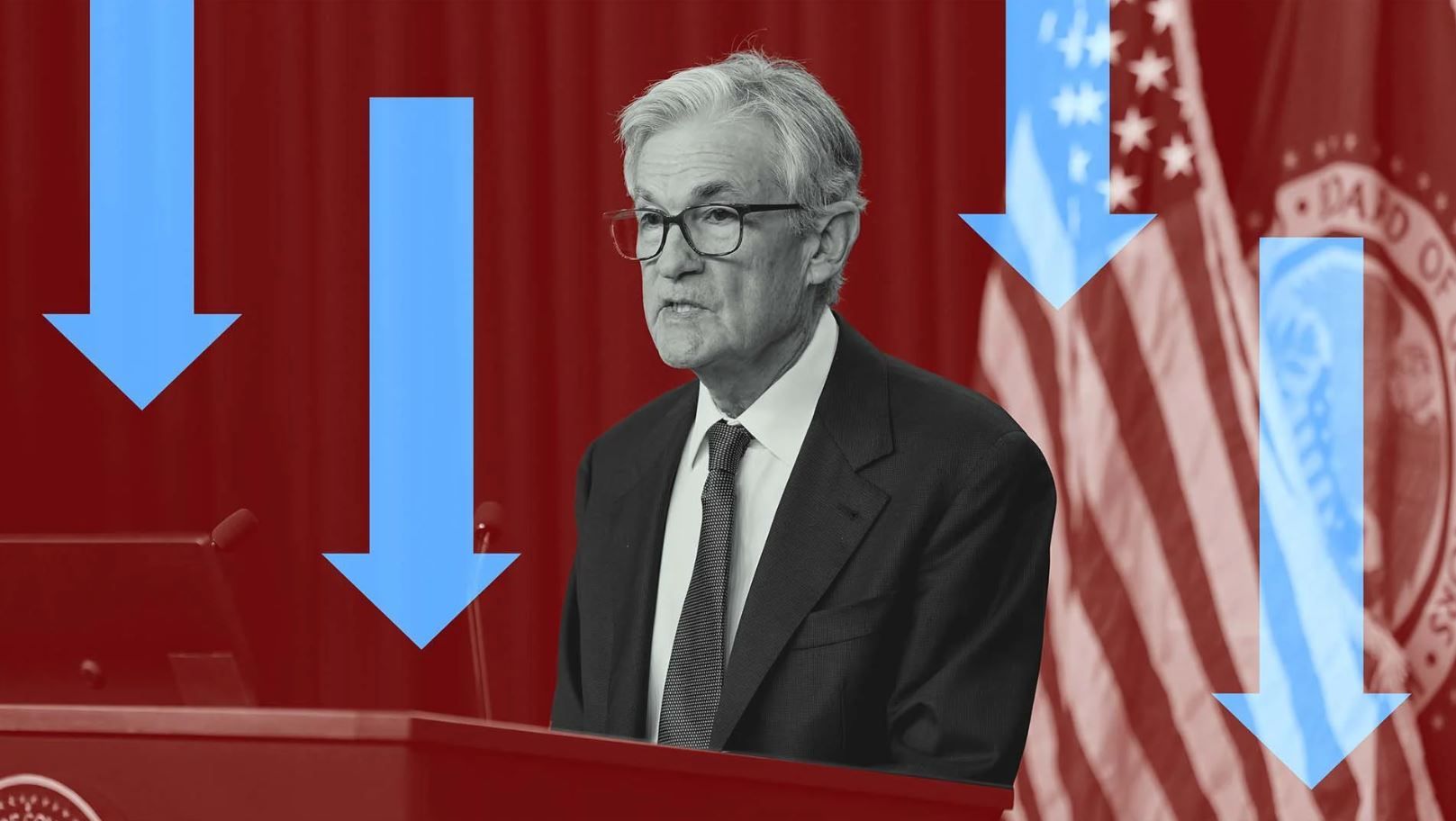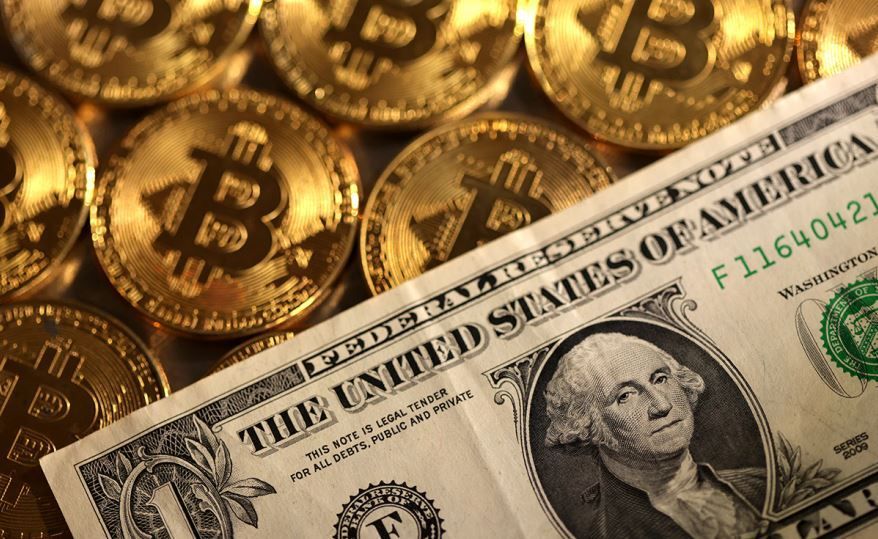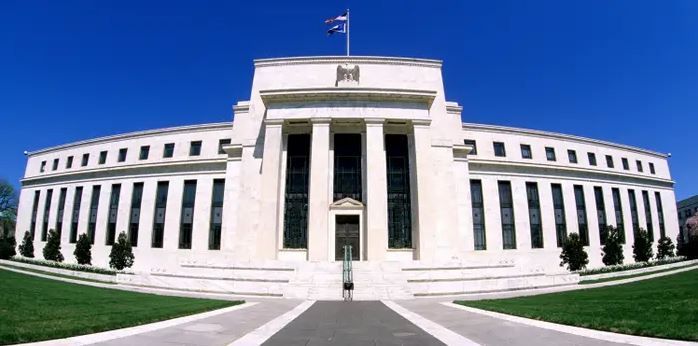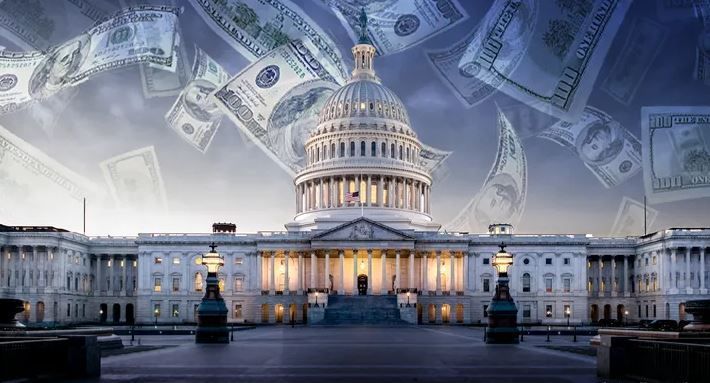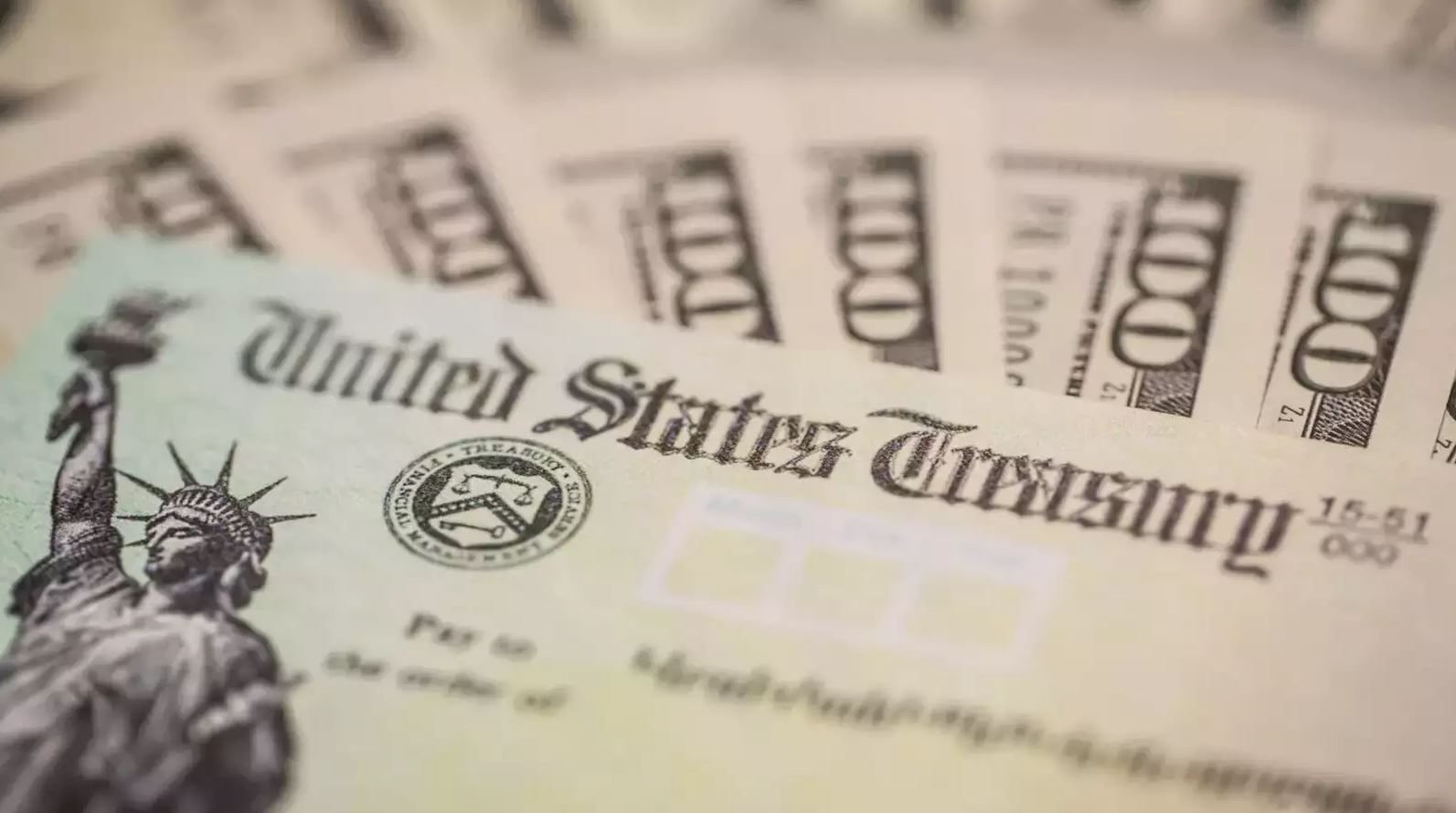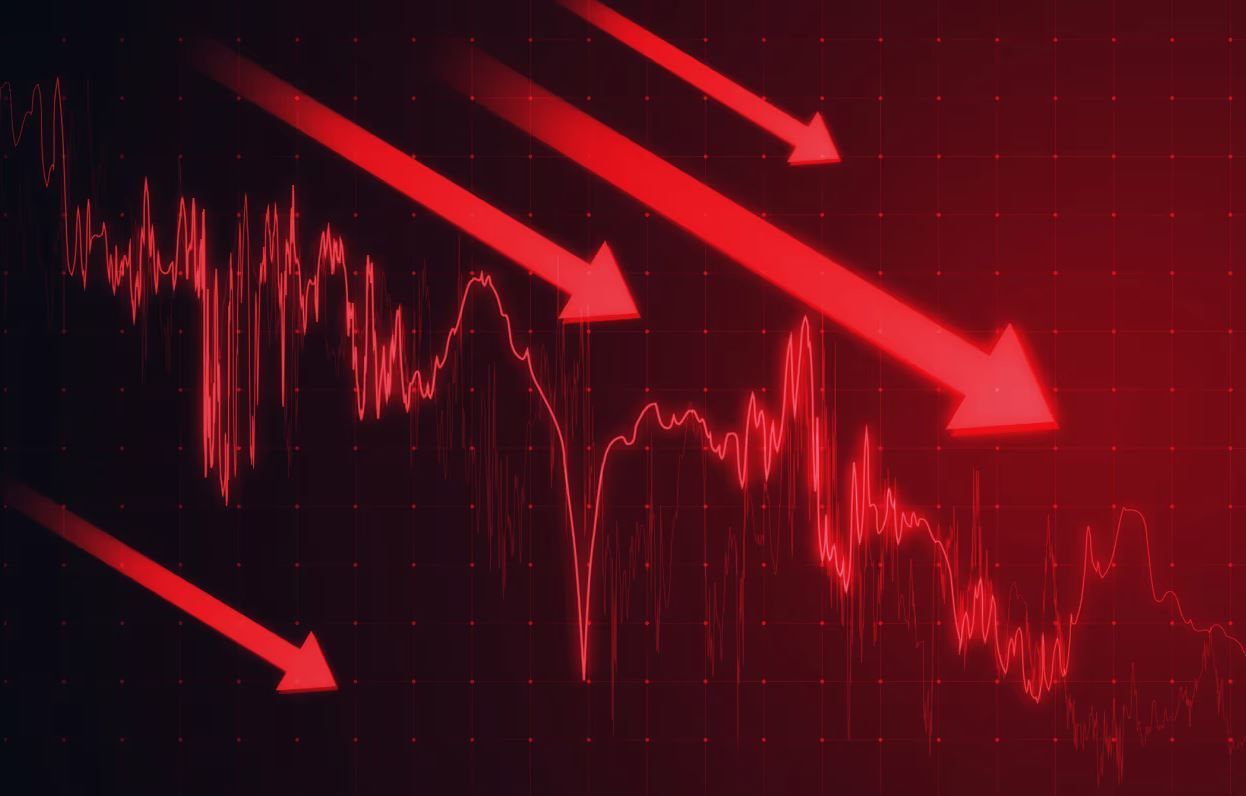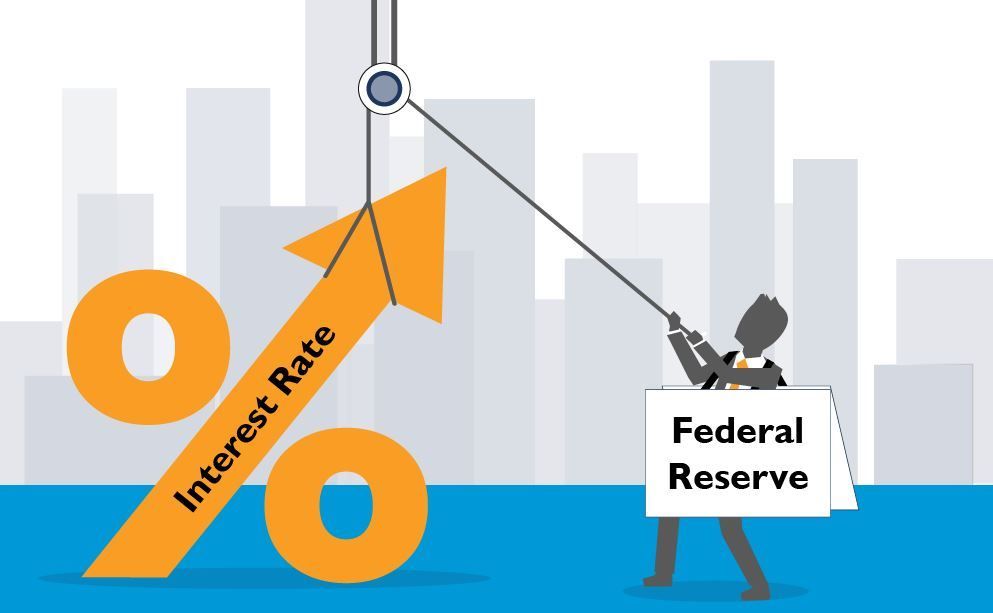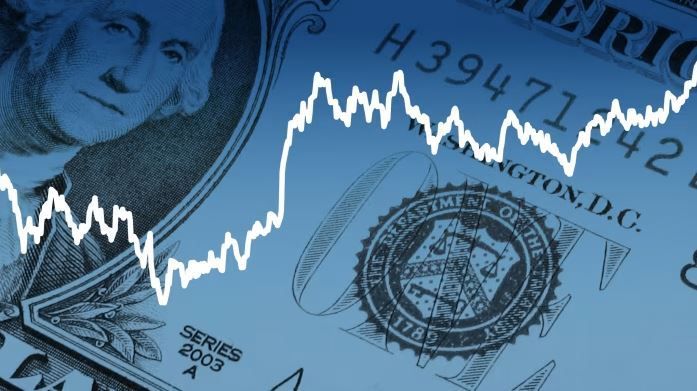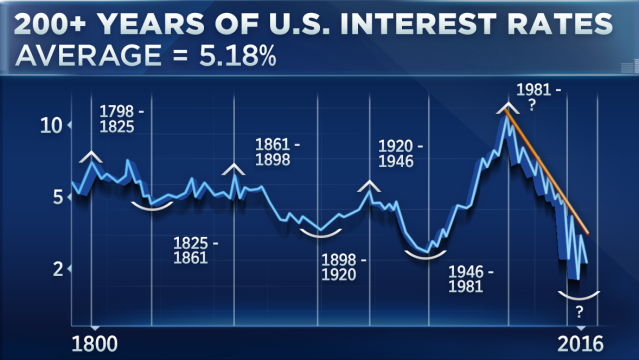Ask a Loan Advisor
Bonds Dictate the Trend of Interest Rates
Bonds Dictate the Trend of Interest Rates
On February 10, 2022, the January CPI (Consumer Price Index) over 12 months was reported at an increase of 7.5%, a level not seen since 1982. In the late seventies and early eighties, the United States experienced high inflation rates. The Fed's target rate goal of inflation has been at 2.0%, but this continues to be drastically exceeded by rising consumer prices over the past few months. Rising consumer prices have caused further deterioration of the bond market (causing higher rates). The 10-year Treasury note (type of bond) yield breached the 2.0% yield (rate) level by the following day, which increased 1.5% since its bottom in fall 2018. The 30-year mortgage rate increased to 3.70% after the CPI, over 1.0% from its January 2021 bottom.
Charts and Market Characteristics
The ten-year Treasury note price charts were trending lower (upward yields) and failed to respond to a flight to security when the stock market fell sharply on the unexpectedly high CPI. A typical reaction in a normal market, when stocks fall sharply, is that investors move to safety and buy US Treasury bonds. However, simultaneously falling Treasury bonds and stock prices are characteristic of higher inflation and a higher interest rate environment.
Fundamental Factors
The Fed balance sheet of assets (e.g., Treasury, mortgage backs, commercial debt) has grown almost tenfold since the 2008 credit crisis and reached 8.5 trillion. The Fed's strategy is to reduce its balance sheet to help counter inflation. This strategy will weaken the demand for treasuries and mortgage securities, thus increasing rates.
Summary
It is a myth that the Fed has ultimate control of interest rates. Treasuries and mortgage-backed securities markets determine long-term interest rates. Mortgage rates and Treasury yields bottomed and reversed to uptrends one to three years ago. These markets' rates/yields have moved higher long in advance of the Fed's recent plan to increase interest rates to combat inflation.
